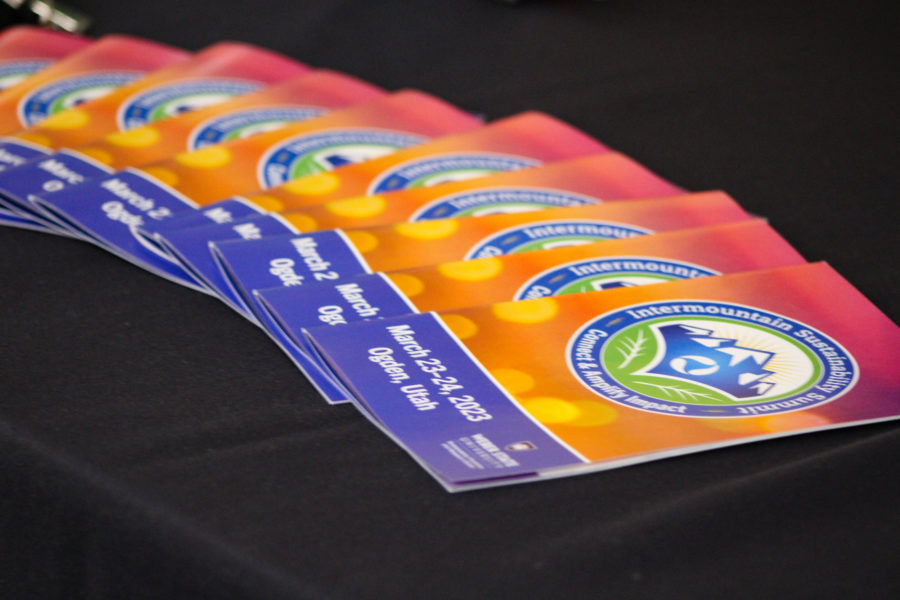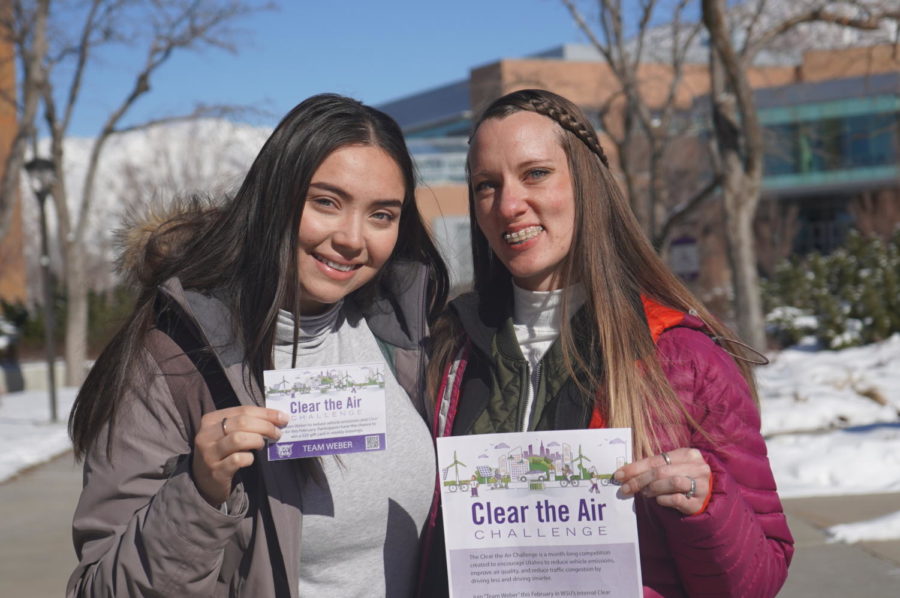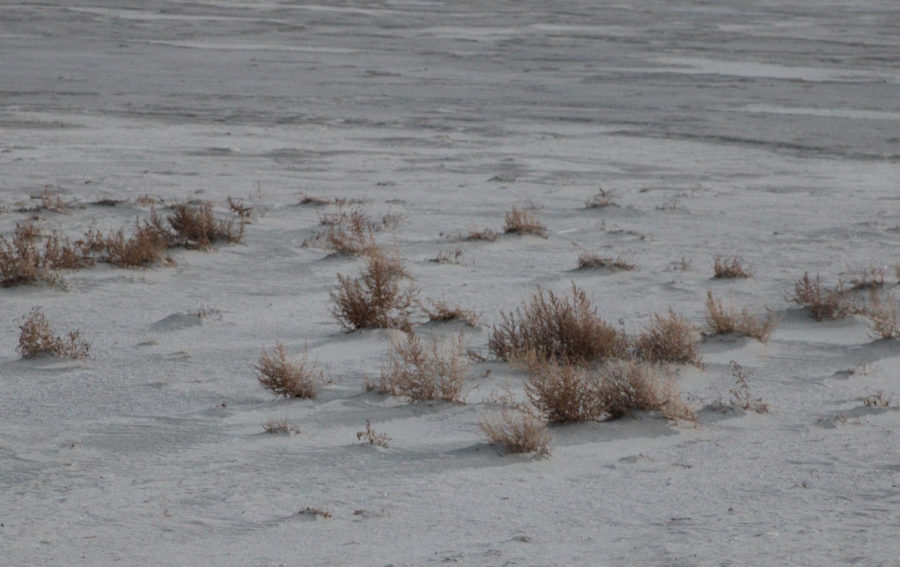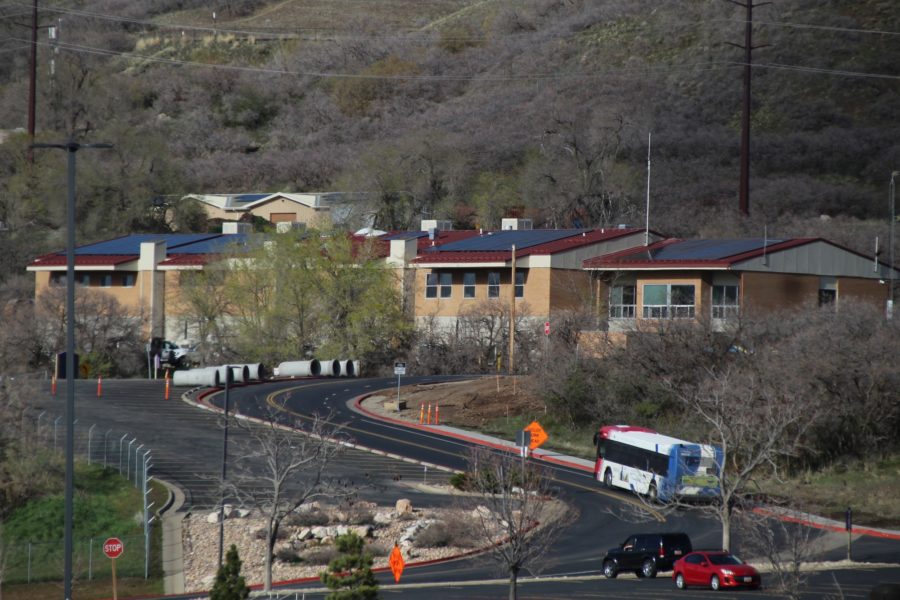
Solar panels, generators on treadmills and LED lights are some simple changes Weber State University has made in the last couple years to improve its energy efficiency. At the end of March, Rocky Mountain Power named WSU the 2014 Wattsmart Business Partner of the Year.
“Weber State has reduced its electrical consumption by 30 percent during the past five years, even though the university has added 10 percent more square footage,” the Rocky Mountain Power press release stated.
This award is given to a Wattsmart Business vendor. According to Rocky Mountain Power’s website, “wattsmart Business vendors are part of the local community and are companies you may already know. wattsmart (sic) Business vendors understand our requirements and processes.”
Through the Wattsmart program, Rocky Mountain Power is able to give grants and funding for energy-saving projects.
“Saving electricity also means more money for educating students,” said Rocky Mountain Power President Richard Walje.
WSU is constantly looking at and trying to improve the efficiency with which the campuses are run and developed.
In a recent press release, Rocky Mountain Power commented that WSU has worked to save $540,000 annually by investing in energy-efficiency projects that result in reducing the electricity used by 10.8 million kilowatt hours.
“We are now in the process of completing a major project to totally submeter every major campus building,” said Tom Van Cleave, assistant director of WSU Facilities Management. “From that data, we can instantly identify problem areas, perform comparative analysis and identify trends.”
By consistently measuring data gained by these projects, WSU would continue to be at the top of efficiency and gain reputation among the state.
“Weber State has been very aggressive at reducing our energy consumption and our carbon footprint,” said Norm Tarbox, vice president for WSU Administrative Services. “The best thing that students can do to aid in this effort is to use their Ed Passes for UTA to get to and from campus.”
Students, staff, faculty and administration play a huge part in reducing energy costs on and off campus. The things they implement on campus can also be implemented and practiced in their homes to continue to help the community, not just WSU, reduce energy consumption.
Some current ways WSU students can help in the effort can be found in WSU Goes Green: A Guide to Sustainability, which the WSU Energy & Sustainability Office released in 2011.
A committee has been formed just for environmental issues at WSU, along with Environmental Ambassadors. Their mission statement says they are to help facilitate modeling best practices for economic and environmental sustainability at WSU. One of their other goals is to help facilitate integration of environmental initiatives into academic and student affairs and facilities management.
The Environmental Issues Committee has helped plant over 100 trees across campus and create a community garden behind the Wildcat Village.
“We have installed LED lighting over the basketball court at the Dee Events Center, Swenson Gym, Wildcat Center Arena and racquetball courts,” Van Cleave said. “We have upgraded to more efficient lighting in the education building, library and allied health science buildings.”
Other projects WSU is working on or has already completed include replacing the insulation in the steam supply system throughout campus, shutting down the central heating plant during summer months, and using hybrid water heaters and smaller high-efficiency boilers in campus buildings.



















